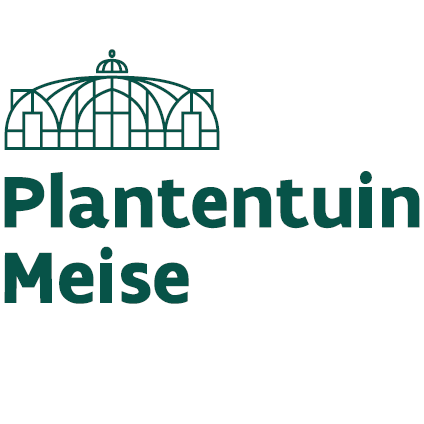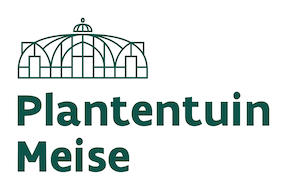Amaranthaceae alienae – the non-native amaranths & allies of Belgium:
The amaranth family is widespread in the world and very diverse in terms of growth forms. In Europe, its best-known representatives are probably the salt tolerant glasswort (Salicornia), the beet (Beta vulgaris), and amaranths themselves (Amaranthus species). They are cultivated as ornamentals, vegetables, or for their edible seeds.
Species within this family tend to produce abundant small seeds which are unknowingly transported around the world. Some became well-established in their new environments and spread to such a degree that they are now considered invasive. Meise Botanic Garden is currently a partner in a research project that tries to predict the spread of new weeds and suggest policies and management that would help reduce the problem. By participating in this project, you will thus be contributing to this pertinent ecological research!
The Belgian Herbarium:
The Botanic Garden Meise holds the largest herbarium collection of Belgian plant specimens. Each of these herbarium specimens has a label with valuable information such as the plant’s identification, and when, where, and who collected the plant. These specimens can be used in many domains of research, such as conservation, evolution, ecology and systematics. These data help us to better understand the plants of Belgium, their history and that of people who collected them. There are about 200,000 specimens in the Belgian Herbarium of the Botanic Garden Meise and we want to document them all! These data will then be made available online at www.botanicalcollections.be.
Keywords (Latin):
Belgium, Amaranthaceae, Alienae, Hortus Botanicus Meise, Botanica
Read more »







